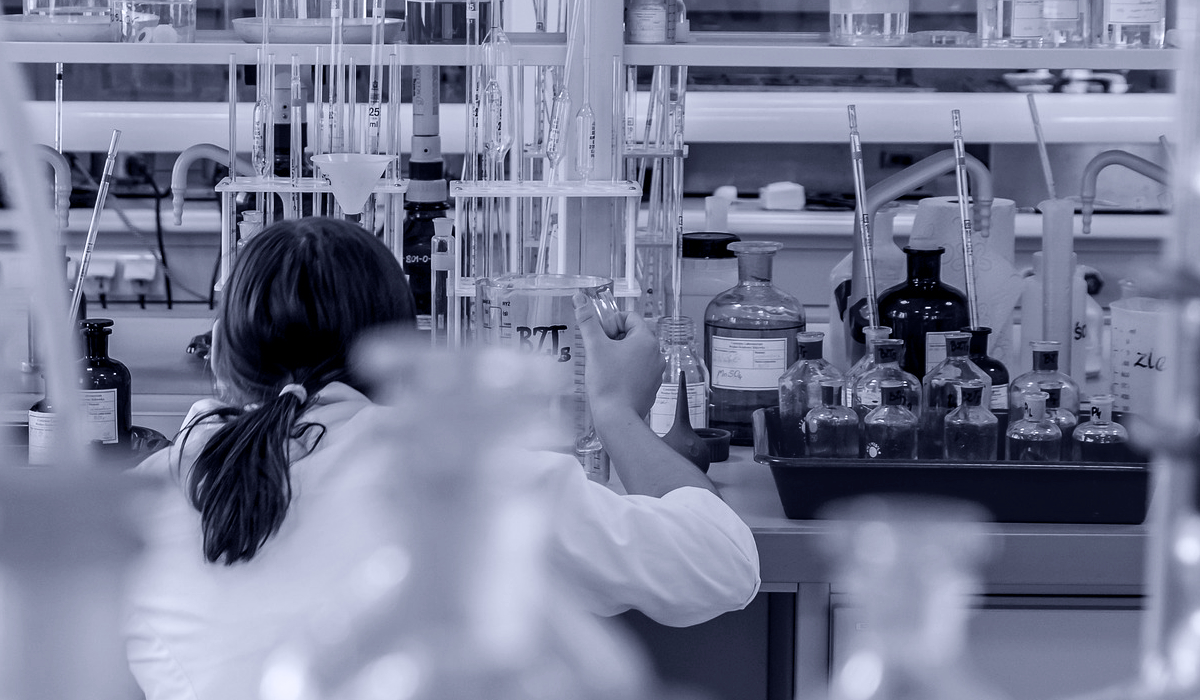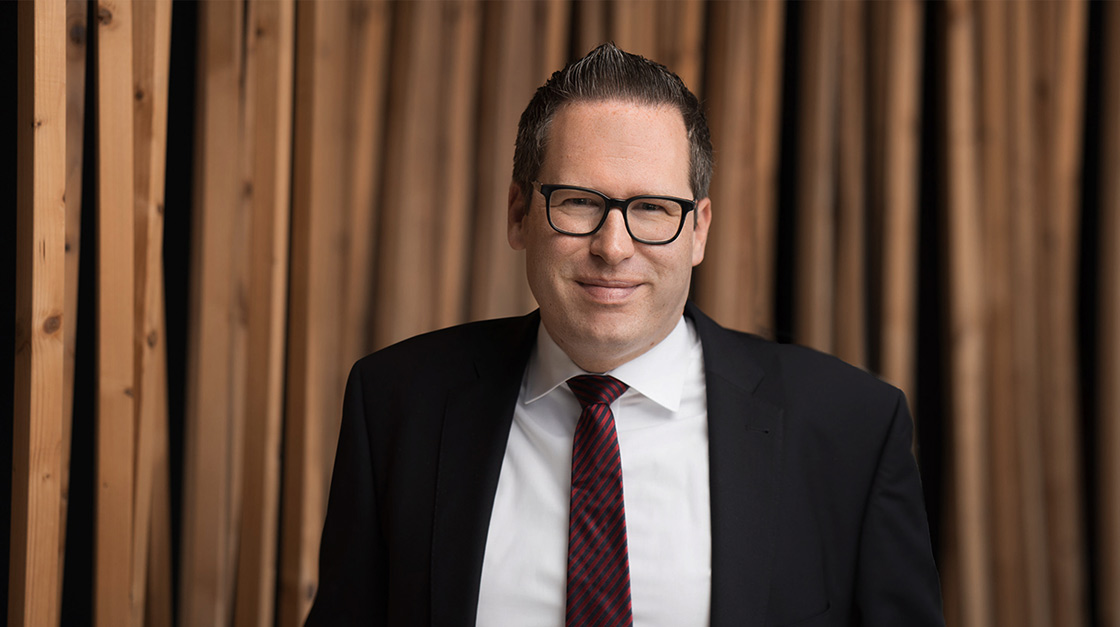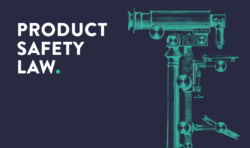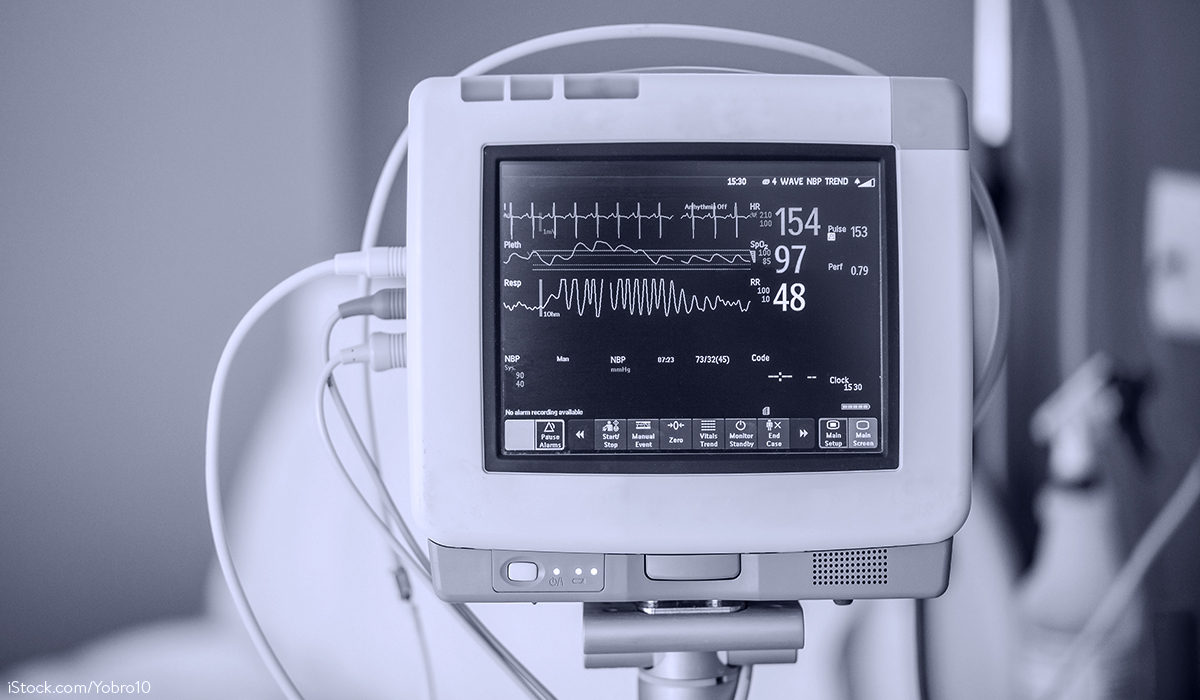According to Art. 21 para. 2 of the EU Market Surveillance Regulation, the Commission may designate a public testing facility of an EU Member State or one of its own testing facilities as a Union testing facility for certain product categories or product risk categories. In this way, the expertise for the testing of certain product categories or risks can be concentrated in the specific testing facilities. With the division of labour created in this way, bottlenecks in the testing of certain product groups are to be overcome in the future.
To this end, the procedure now established is intended to ensure that Union testing facilities are designated in particular where laboratory testing capacities are in short supply. In this sense, a broad access to designation should be granted (compare recitals (1) and (2) to Regulation (EU) 2022/1267). Regulation (EU) 2022/1267 entered into force on 10.08.2022.
Procedure details
In a first step and before the actual designation, the EU Commission consults the Union Product Compliance Network (the so-called “Network”) established by Art. 29 of the EU Market Surveillance Regulation. First of all, it is to be discussed for which specific product categories and the risks associated with a product category Union test facilities have to be designated at all, Art. 1 para. 3 (a) Regulation (EU) 2022/1267. Following on from this, according to Art. 1 para. 3 (b) Regulation (EU) 2022/1267, the conditions for designation are to be defined “to ensure a consistently high level of product testing and high quality of technical and scientific advice “.
The procedure for the actual designation of Union test facilities then depends on whether a public test facility of a Member State or a test facility of the Commission is to be designated as Union test facility: Public testing facilities of the Member States are thus designated following a call for expressions of interest, Art. 1 para. 1 Regulation (EU) 2022/1267. The call for expressions of interest is intended to set out the requirements for designation. Thus, it can be assumed that the public testing facilities of the member states will express their interest in the designation (in the sense of applying) if the requirements are met.
Commission testing facilities, in turn, are appointed following a direct appointment. Together with the appointment, the conditions for their designation are also defined. In contrast to the test facilities of the member states, which can register voluntarily, the Union’s own test facilities are thus mandated by the Commission, whether they want to or not.
The designation itself takes place in the form of a decision (reverse conclusion from Art. 2 para. 2 Regulation (EU) 2022/1267). The designation decision is also intended to set a deadline for the review of the designation. The purpose of the review is to ensure that the prerequisites for the designation and the requirements of Art. 21 paras. 2, 5 and 6 of the EU Market Surveillance Regulation continue to be met.
Conclusion
Only practice will show whether the procedure for designating Union test facilities works and whether it supports the activities of the market surveillance authorities. It will be particularly exciting to see whether the Union testing facilities can actually counteract bottlenecks in the available laboratory capacities.
Do you have any questions about this news, or would you like to discuss it with the author? Please contact: Dr. Carsten Schucht







